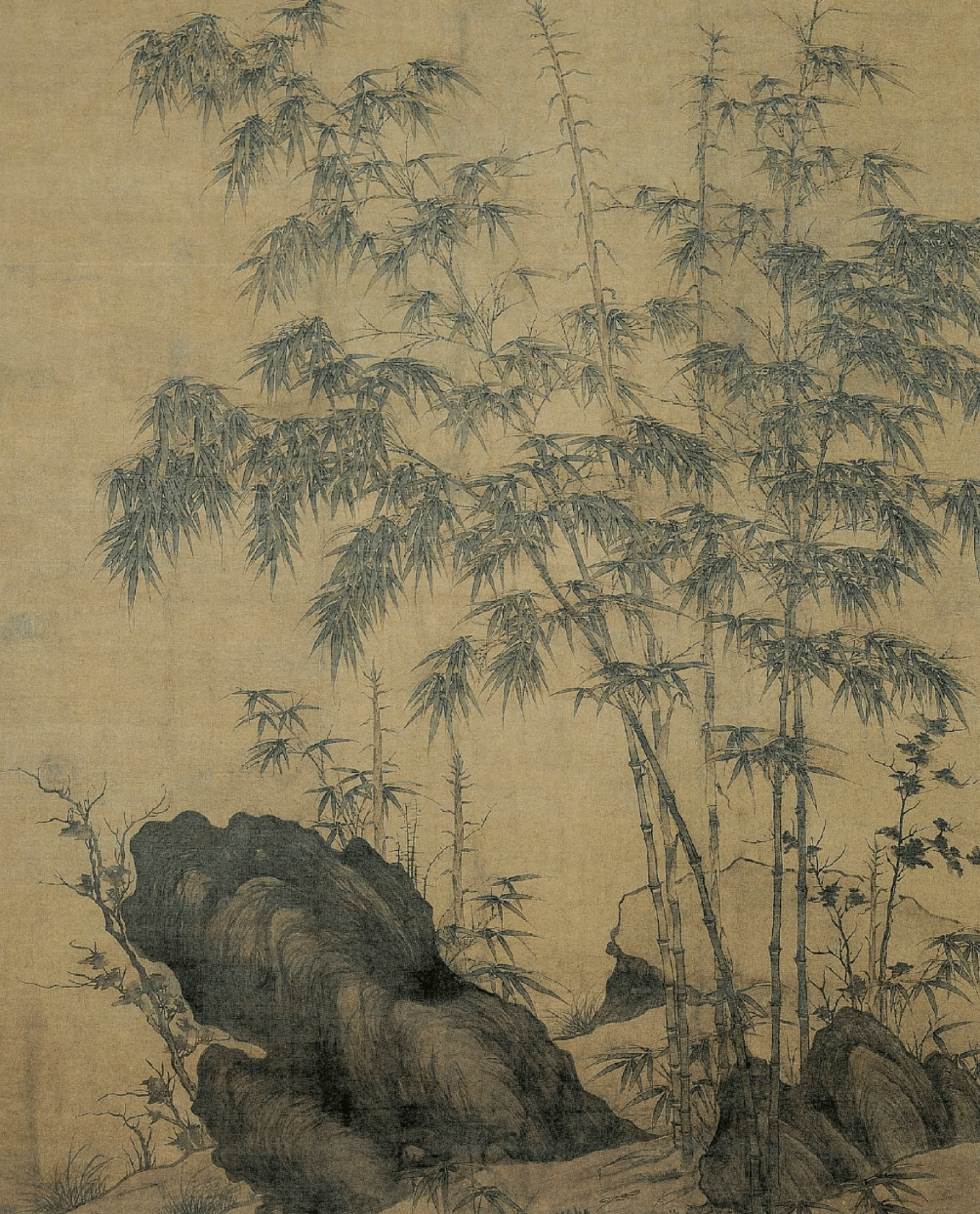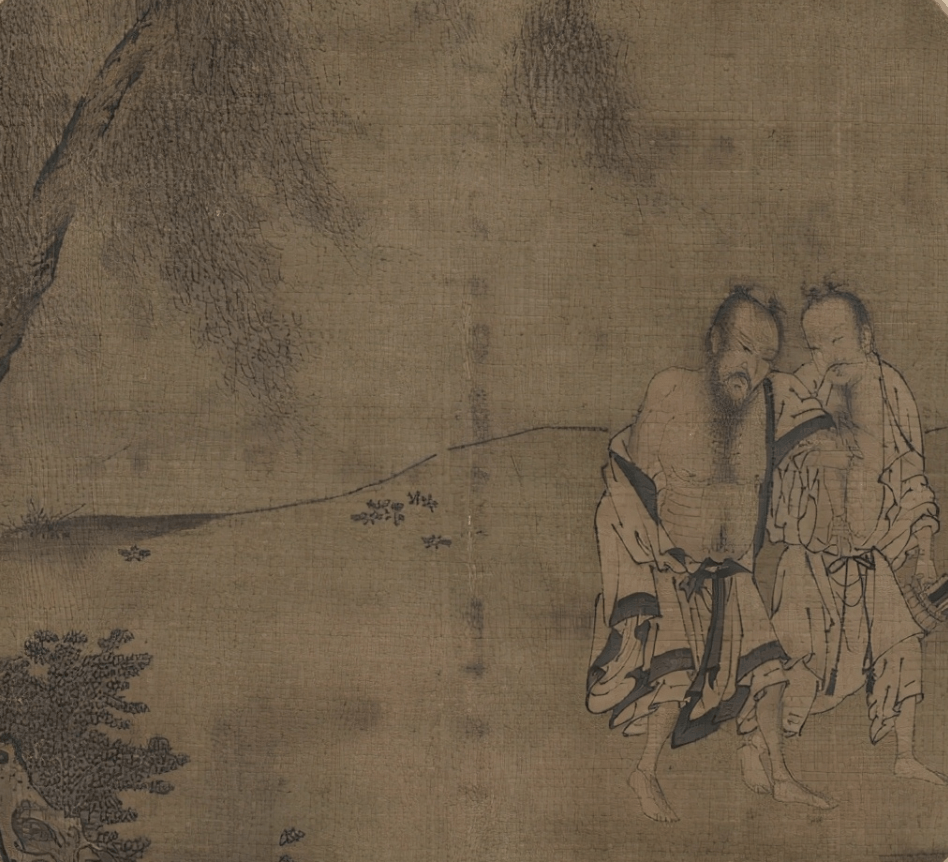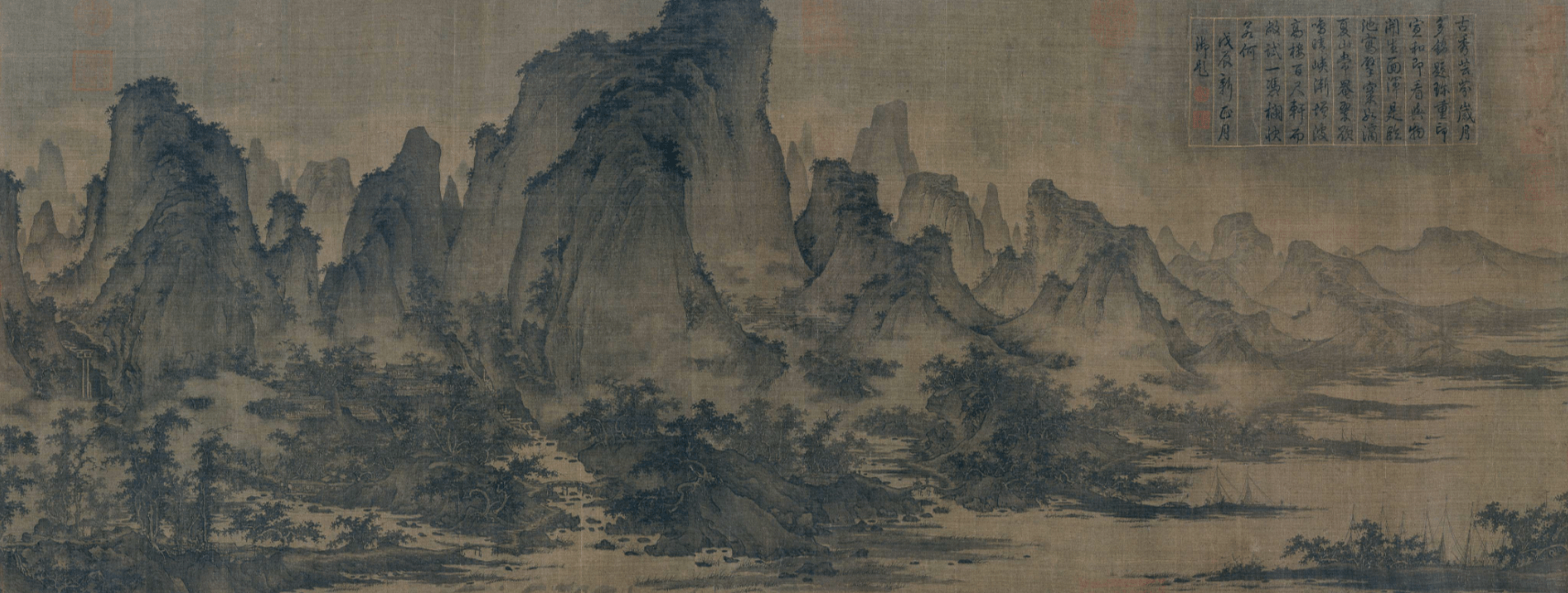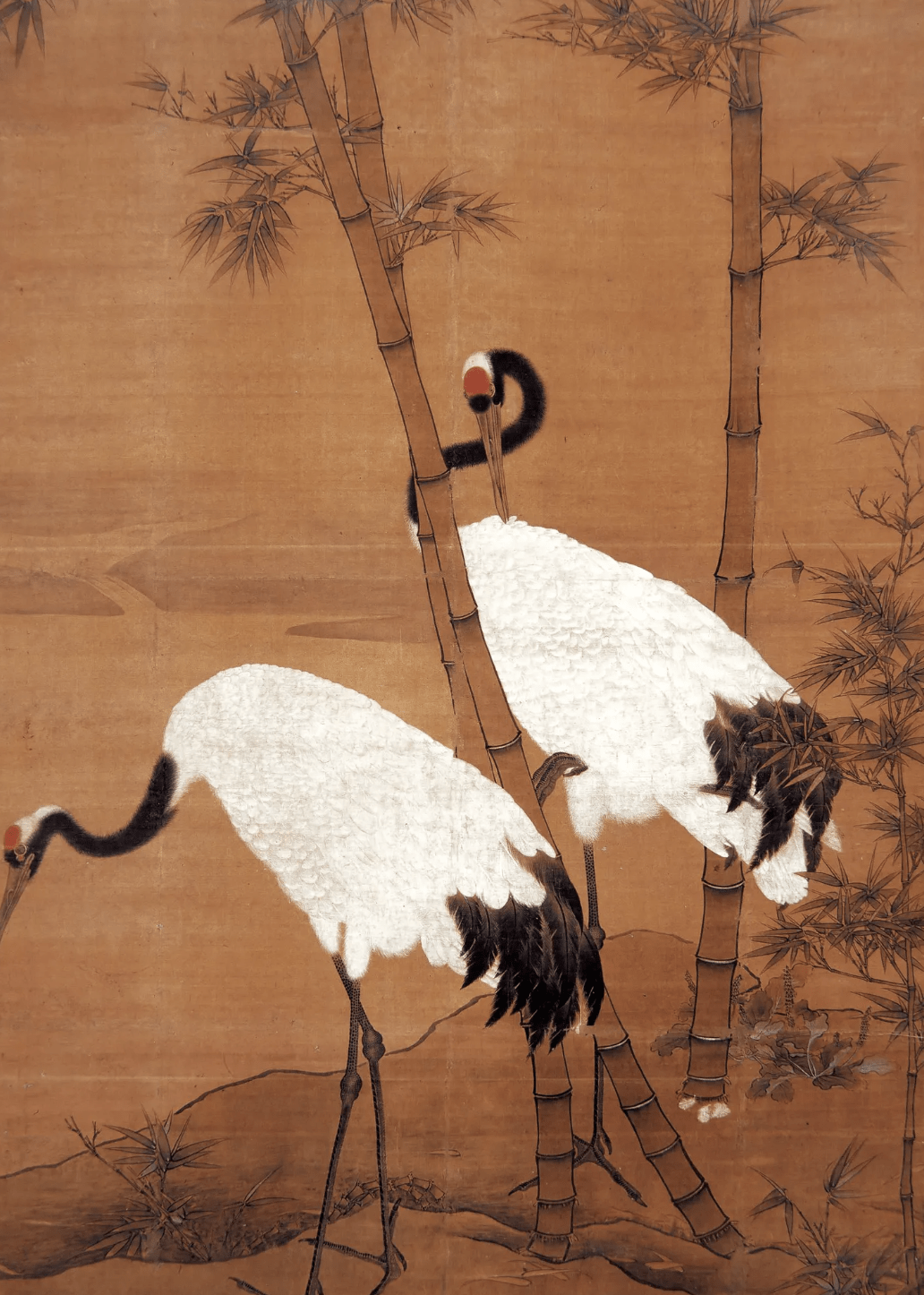The Fox Immortal Keeps Accounts
A man named Zhang from Hezhou traveled to Yangzhou(揚州) and stayed at the Xingjiao Temple(興教寺). The monks’ quarters in the temple were haunted by a fox immortal, so no one dared to stay there. Zhang, with his carefree personality, decided to reside in the monk’s room.
Not long after Zhang moved in, an old man claiming to be Wu Gangzi(吳剛子) came to visit. After exchanging greetings with a bow, they began to converse.





